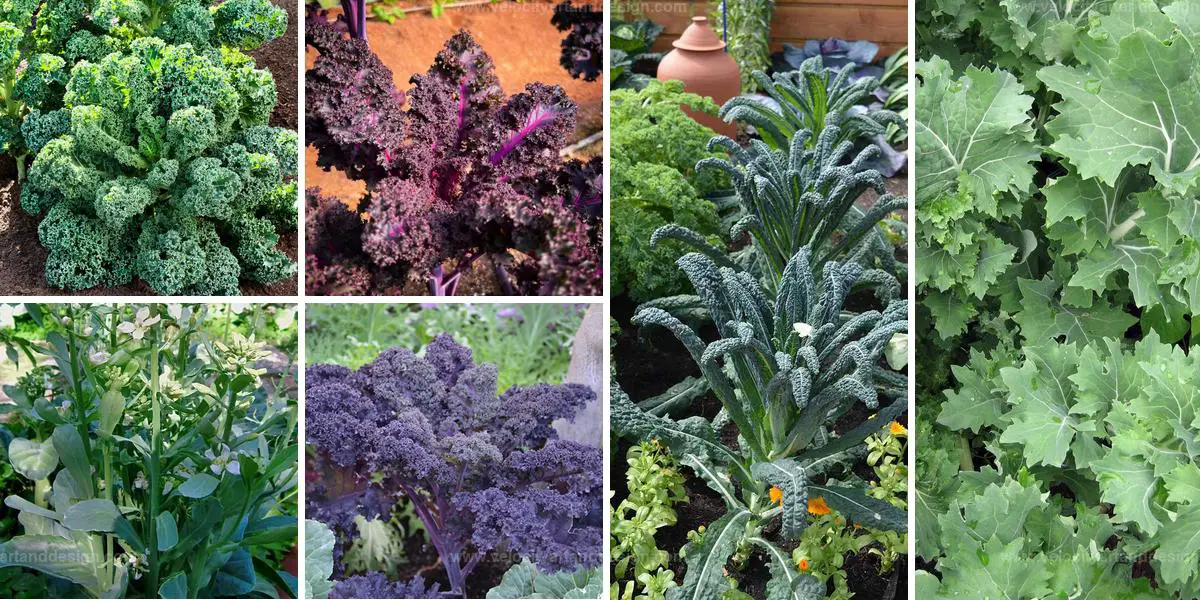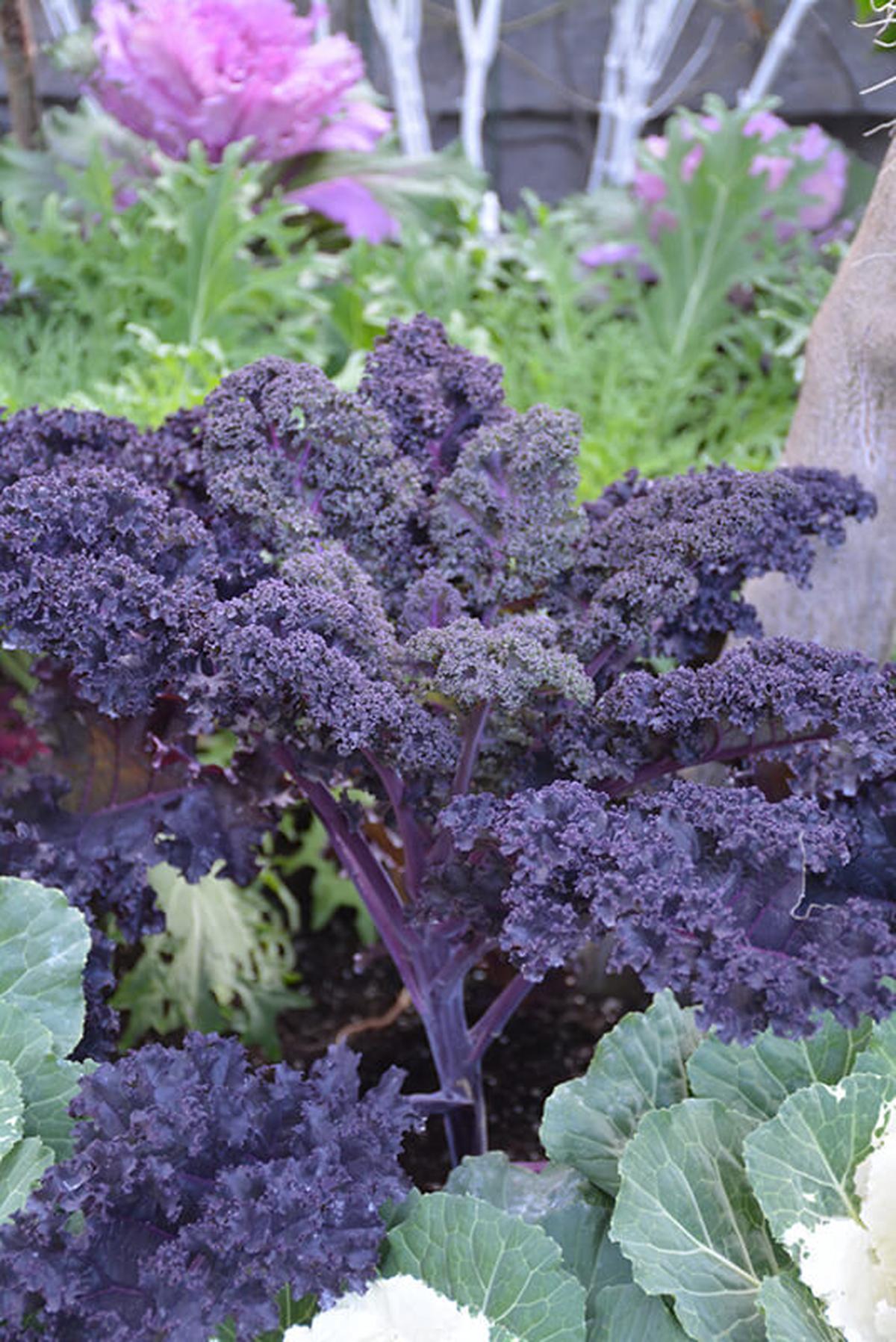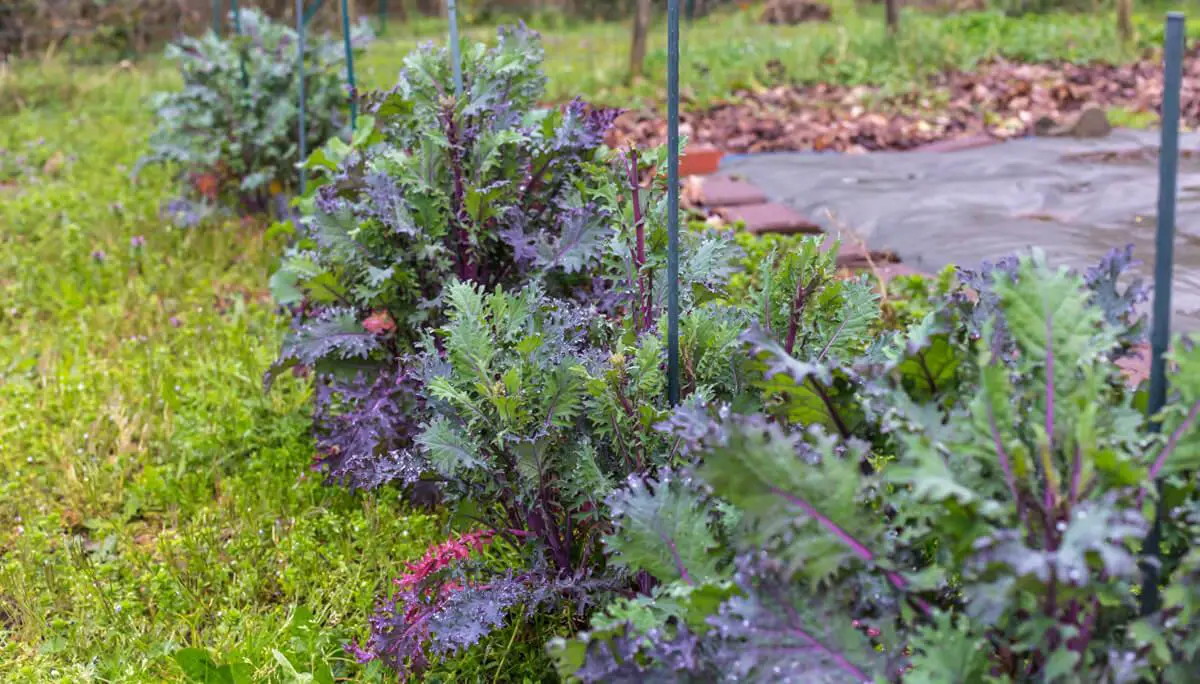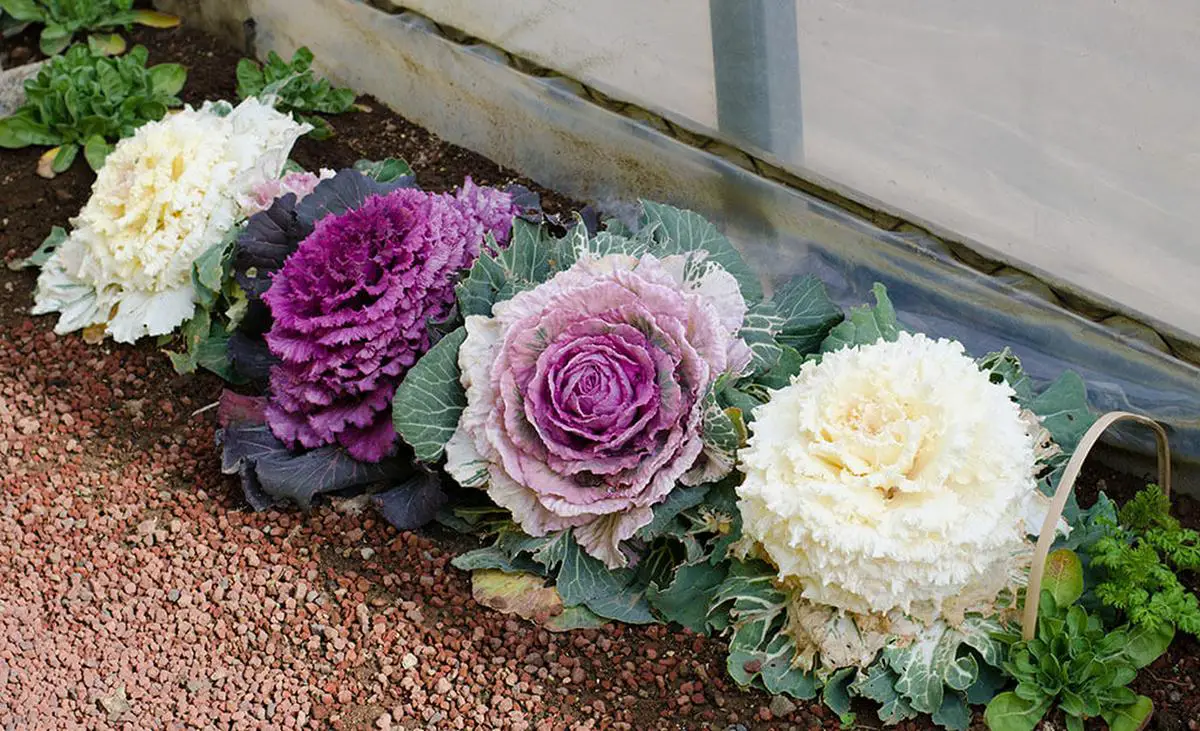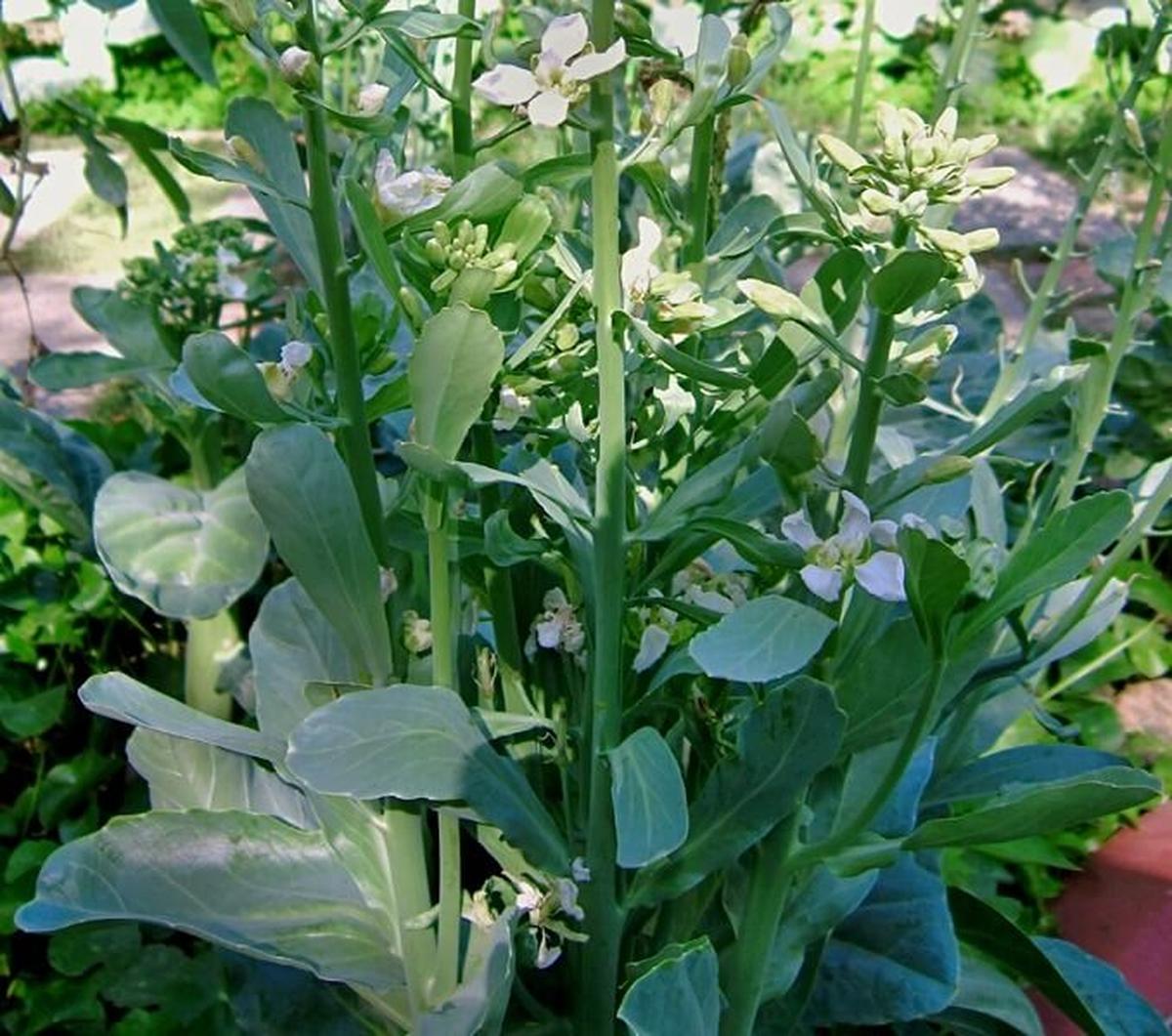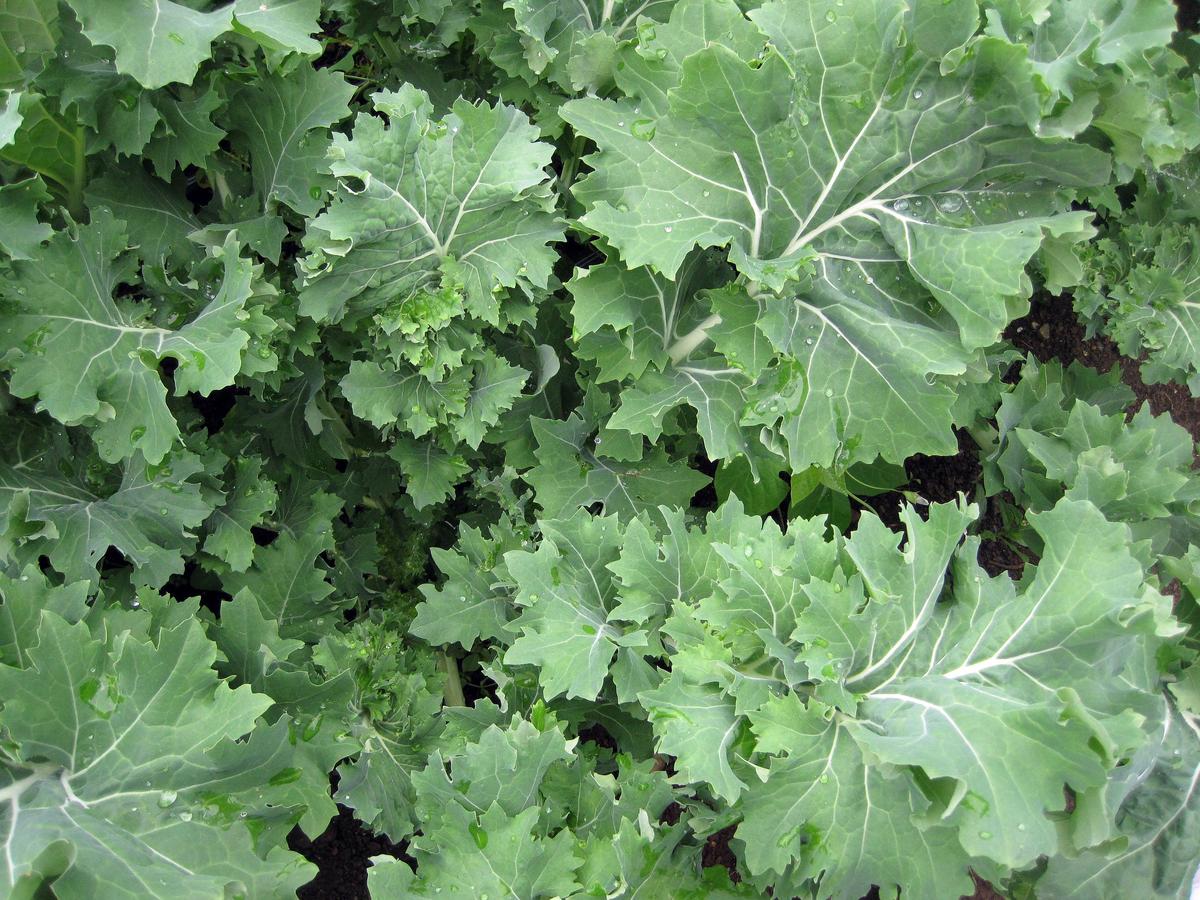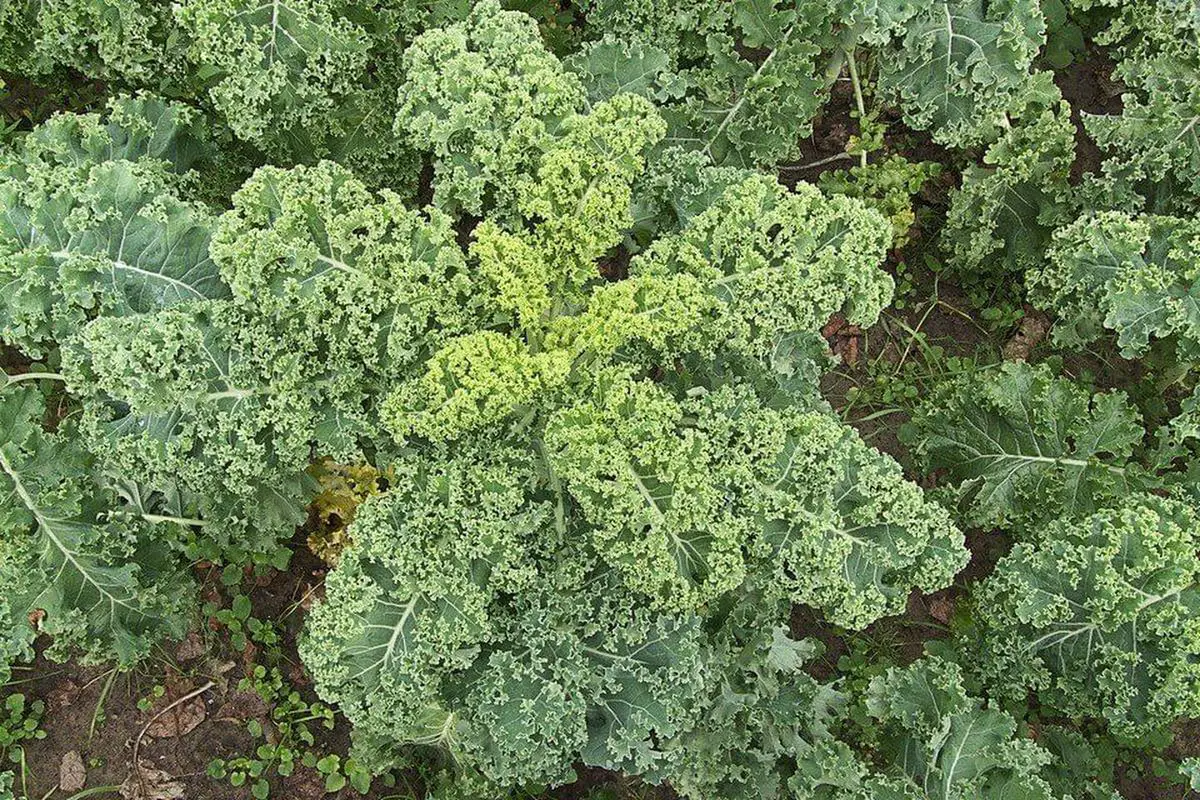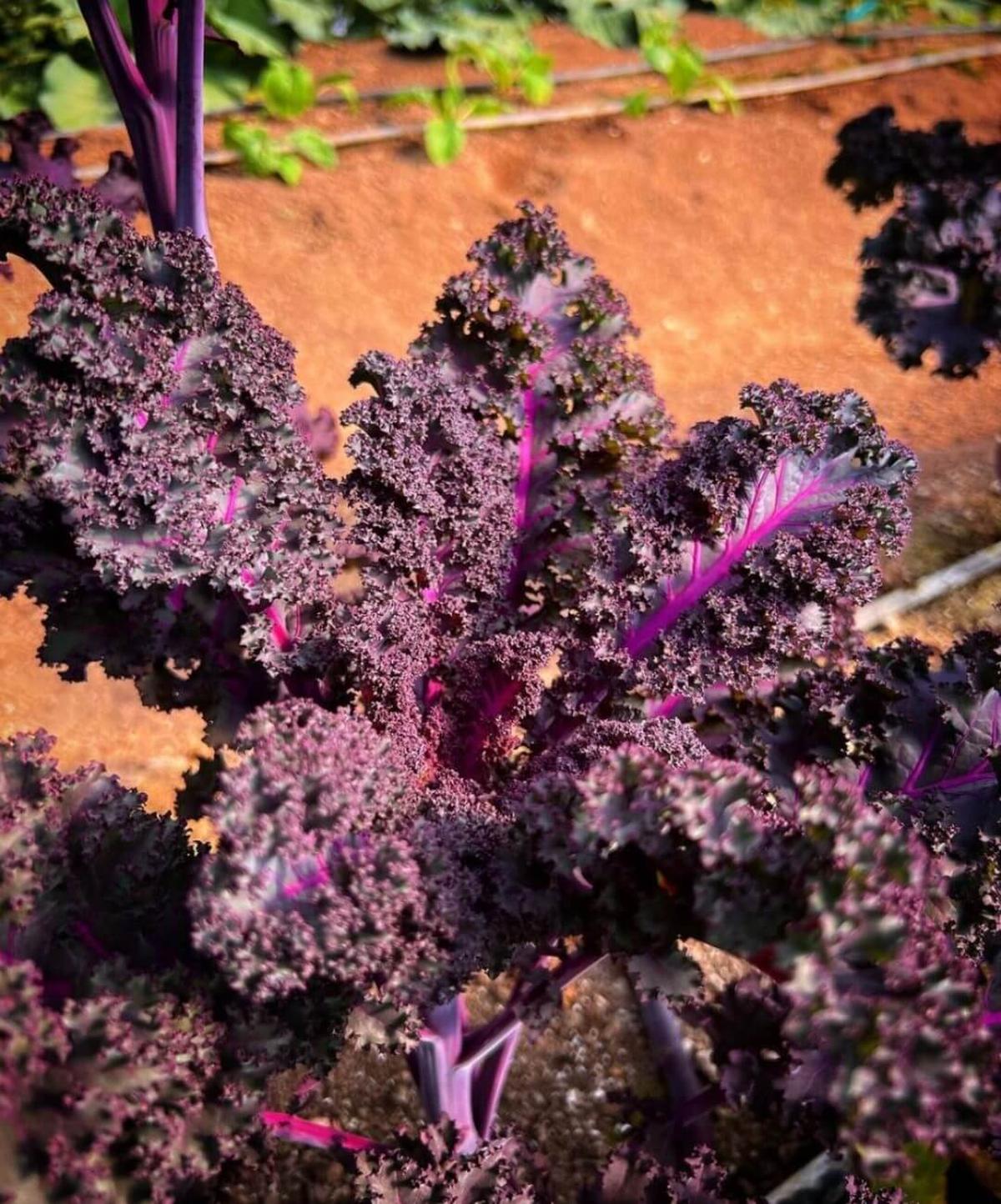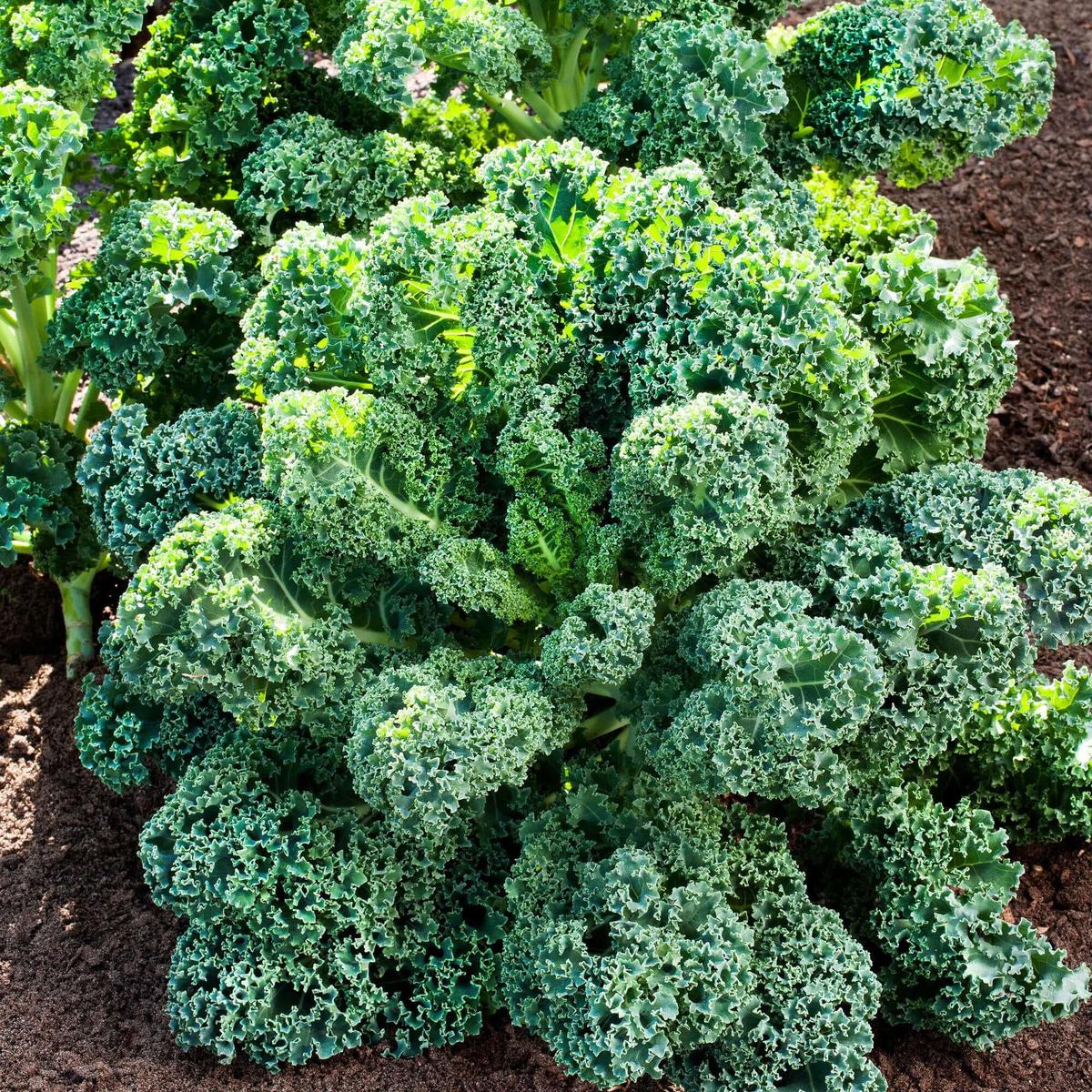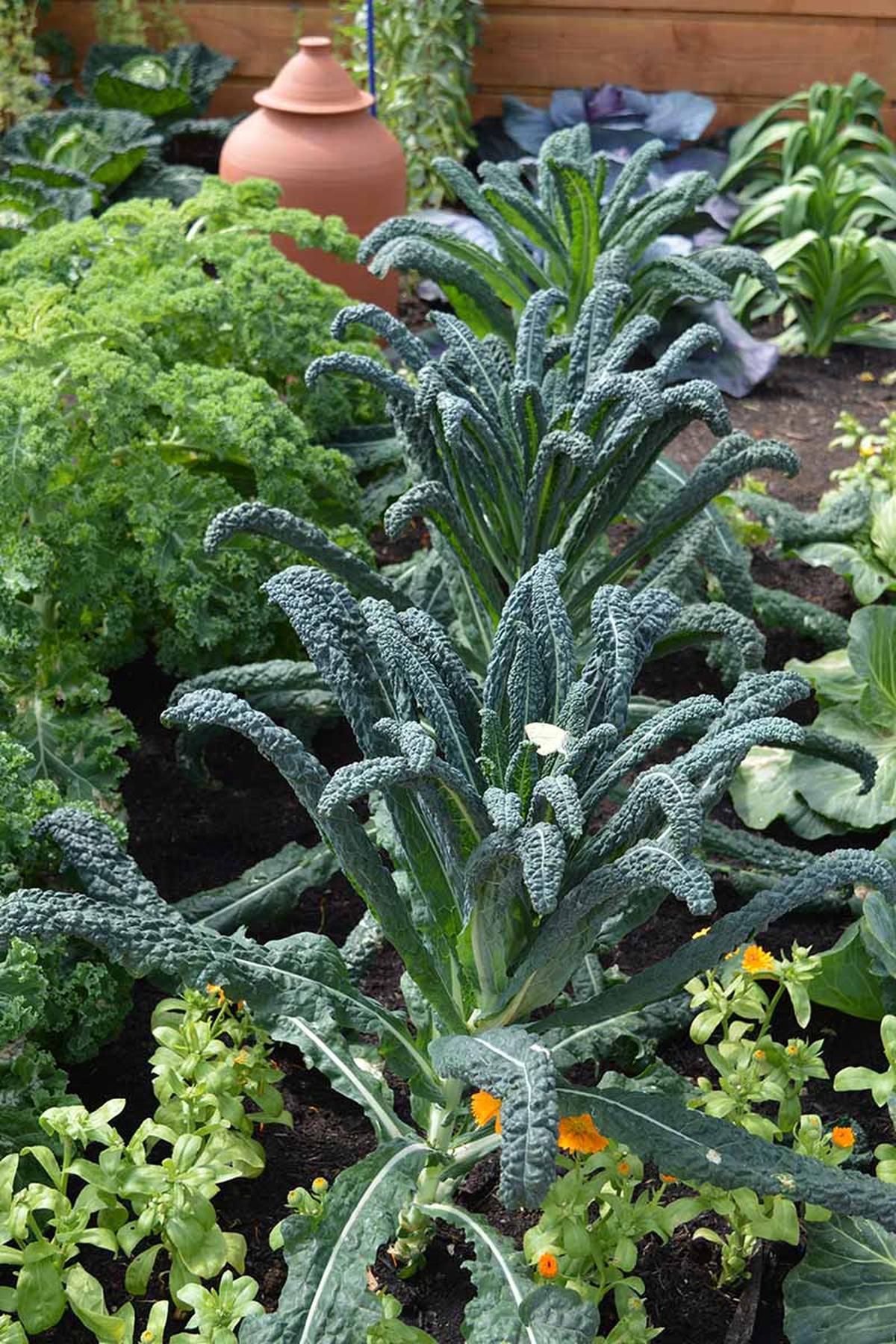9 Must-Grow Kale Varieties for a Healthier Garden
Here is a range of kale varieties into your garden, each offering unique flavors and textures.
Known for its nutritional benefits, kale enhances your garden with its robust growth and versatility in dishes.
Keep reading to learn more about these healthy food to enrich your garden and your diet.
Redbor Kale / Purple Kale (Brassica oleracea Redbore)
Redbor kale stands out with its vibrant purple-red leaves that ruffle in a way that catches your eye.
Its flavor closely resembles cabbage, making it a tasty addition to salads or cooked dishes.
This leafy vegetable isn't just about taste; it also adds an artistic flair to gardens and plates alike.
Whether you enjoy it raw or sautéed, redbor kale enriches any meal while brightening up your space beautifully.
Red Russian Kale (Brassica oleracea var, vindis)
The red-stemmed plant offers a delightful crunch with its broad-toothed light green leaves.
When cooked, these vibrant leaves change to a rich dark green, adding visual appeal to your plate.
Packed with calcium and vitamin C, this vegetable not only enhances the taste of salads but also boosts nutrition in every bite.
Incorporating it into meals is an easy way to elevate your dishes while enjoying health benefits at the same time.
Ornamental Kale (Brassica oleracea var. acephata)
Cultivating this plant offers more than just a tasty addition to your salads.
Those large rosettes, dressed in pink, red, purple, or white hues, can instantly brighten up any garden or indoor space.
You’ll find joy in their stunning appearance as they catch the light and draw attention from all who pass by.
With such beauty at hand, every glance becomes a moment of appreciation for nature’s artistry.
Chinese Kale / Gai Lan (Brassica oleracea var. alboglabra)
This vegetable features flat leaves and a petite flower, often serving as an excellent stand-in for broccoli.
When cooked, it reveals a flavor that's both satisfying and reminiscent of its more famous counterpart.
You can enjoy it in various dishes, adding nutrition without sacrificing taste.
Its versatility makes this veggie a delightful addition to any meal you prepare.
Siberian Kale (Brassica napus Siberian)
Siberian kale surprises many with its rubbery leaves and cheerful yellow flowers, which are loaded with oil.
This plant, despite the misleading name, shares a closer connection to turnips than traditional kale.
The mild flavor makes it versatile in various dishes; you can add it to salads or sauté it for a delightful side.
Exploring this unique vegetable might just lead you to new culinary adventures!
Vates Blue Curled Scotch Kale (Brassica Vates Blue Curled)
Kale with dark green, curly leaves packs a nutritious punch.
This leafy vegetable offers a wonderful blend of flavor and health benefits, rich in vitamin A, calcium, and dietary fiber.
You’ll enjoy its vibrant texture whether tossed into salads or blended into smoothies.
Eating kale can be an easy way to boost your meals while savoring something deliciously fresh.
Scarlet Kale (Brassica oleracea Scarlet)
Scarlet kale captures attention with its frilly, curly leaves and vibrant reddish-purple color.
The flavor dances between a gentle sweetness and a peppery kick, offering something refreshing for your palate.
Enjoying it raw reveals all the delightful nuances that this leafy vegetable has to offer.
Adding Scarlet Kale to salads or wraps can elevate any dish while providing a burst of nutrients in every bite.
Curly Kale (Brassica oleracea var. sabellica)
Curly kale, the most common type you’ll find, features bright green leaves that twist and turn in a playful manner.
Its taste carries hints of cabbage with a peppery zing that livens up any dish.
Careful cooking is essential; overdoing it can lead to an unpleasant bitterness.
Whether tossed into salads or sautéed as a side, this leafy vegetable adds both color and flavor to your plate.
Lacinato Kale (Brassica oleracea Lacinato.)
Tuscan kale, often referred to as dinosaur kale or lacinato kale, features large leaves that are a beautiful deep green.
The texture is pleasantly chewy, making it enjoyable in various dishes.
Its rich flavor adds depth and earthiness to salads and soups alike.
This leafy vegetable not only enhances meals but also brings a nutritious punch packed with vitamins and minerals.

